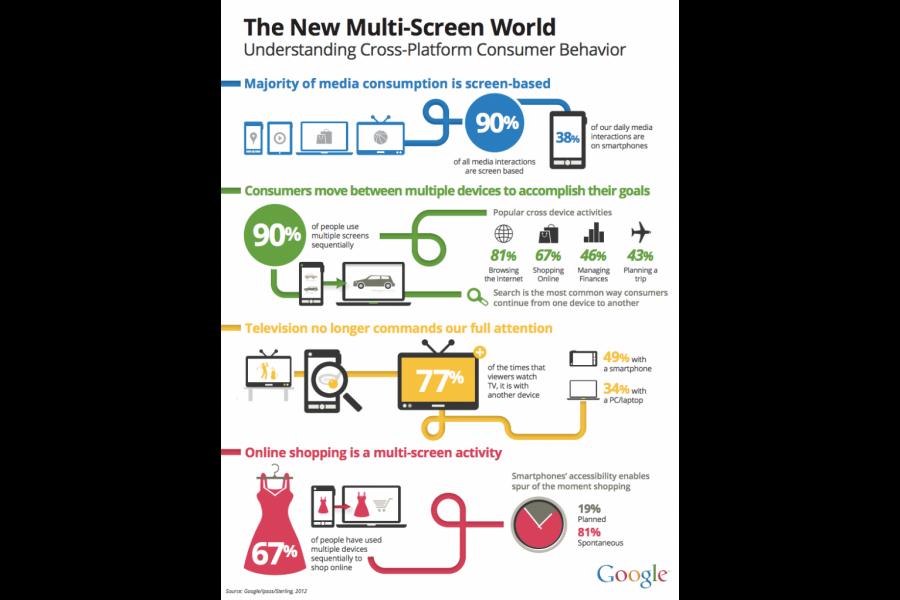Today in Tech: Indian IT's 2 lakh-hires-a-year problem, News from Google & A Tip from NR Narayana Murthy
Indian IT's 2 lakh-hires-a-year problem There's no metric that's so obsessively tracked in IT sector as the ones that relate to people. It resonates well with readers - it's about jobs. It tells something about human behaviour - today's Business Line has a story on attrition that also talks about how people would like to hold on to their jobs when things are bad, and how the number goes up during certain quarters when American universities take new students. It says something about politics - a recent WSJ report touches on the political reasons behind the trend of Indian IT companies hiring abroad.
And above all, it tells something about how well a company is doing - more people often equals growth.
Infosys CEO SD Shibulal points out to why it will soon turn into a problem (for individual companies): This year Infosys will “hire 35,000 people, if you continue on this path in about seven years we’ll be recruiting about 200,000 people. This is not a viable option,” he told Bloomberg.
It's not a viable option for any big IT services company, not just Infosys. If things go in the same direction, some companies will face it sooner than Infosys (TCS and Cognizant), and others a little later (Wipro, HCL Tech and Mahindra IT). They are aware of the problem, which is why we hear so much talk about non-linear growth. They are taking steps to address this - by automating some processes, by trying to get into areas that need less people to generate revenues and so on. TCS, for example, said that 10% of its incremental revenues will be in non-linear segments. While it's not clear how it defines non-linearity (the specific revenue/employee ratio), TCS said it achieved it last quarter, and is confident of doing so in the coming quarters.
Even so, the number Shibulal pointed out - hiring 2 lakh people a year - raises the question if IT companies are being too complacent about non-linearity.
Google Plus for businesses & more
When Google launched its social networking site G+, our inboxes and timelines were filled with cartoons and wisecracks about how G+ trashed Facebook. Yet, a few months later, many were writing obit for G+. But, there's a big difference between the two. For Google, G+ is not merely a social networking site, but a kind of platform that connects all its other services - search, mail, chat and perhaps eventually Drive/Docs . Its power comes from integration.
Google's latest announcement - of integrating Google Plus with Google Apps it sells to enterprises - is yet another indicator that it's in fact playing a different game. “Our approach to Google+ is fundamentally different to what we saw elsewhere. It's a social spine hanging the Google Apps products together,” Clay Bavor, product management director for Google App told Financial Times.
--
The latest Nexus 7 ad..
.. resonates more because of Neil Armstrong's death
[youtube]http://www.youtube.com/watch?v=m2XmymhCdHU[/youtube]
--
A new Google study shows how we juggle our screens
A tip from NR Narayana Murthy on doing well in school: Sleep on time
Last year, Rohan Murty spoke to Forbes India about the impact his father N.R. Narayana Murthy had on him. "Even when we were very young, he never told me to study hard or do well in exams. Only my mother would do that. My father would talk to me about value systems, about eating well and sleeping on time."
It turns out that there's a connection between sleeping well and doing well in exams.
Scientific American points to a new paper To Study or to Sleep? The Academic Costs of Extra Studying at the Expense of Sleep. This is what the paper says in conclusion
Sacrificing sleep for more studying time is a common, yet counterproductive strategy for adolescents, especially in the latter years of high school. Adolescents devote less time to sleep as they age, and when they sacrifice the precious little sleep they have for extra studying, it has negative consequences for their daily academic performance. Our results suggest that the best studying strategy for adolescents who must juggle the demands of high school is to study consistently on school days. However, as adolescents progress through high school, their time becomes an increasingly precious commodity. On the basis of the mediation results, we speculate that if adolescents do need to study more than normal, they should not sacrifice sleep, but rather some other time-consuming activity. Parents and educators concerned about adolescents’ academic problems should emphasize the importance of sleep and maintaining a regular studying schedule.
Also of interest
- SAP India MD steps down: Business Line (From our archives: CEO at Work)
- Researchers Hack Brainwaves to Reveal PIN Numbers, Other Personal Data: Wired
- Tech M&A valuations double: FT
- 3 Parts of a Patent Every Startup Should Know About: Mashable
- Another Original Apple 1 Computer Goes to Auction: WSJ
- Internet addiction fueled by gene mutation, scientists say: CNet
- Average Household Has 5 Connected Devices, While Some Have 15-Plus: Bloomberg
- Mahindra Satyam’s US investors face Rs 200-cr tax liability in India: Business Line
- Flipboard “TV”: New Curated Video Sections: Flipboard
- Vimeo adds advanced uploading features, custom thumbnails and Dropbox integration: Engadget
The thoughts and opinions shared here are of the author.
Check out our end of season subscription discounts with a Moneycontrol pro subscription absolutely free. Use code EOSO2021. Click here for details.

